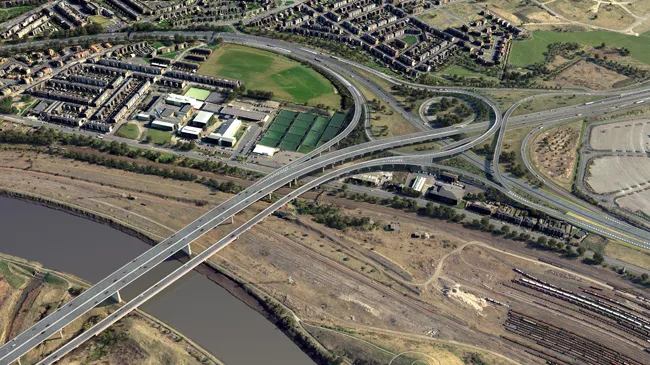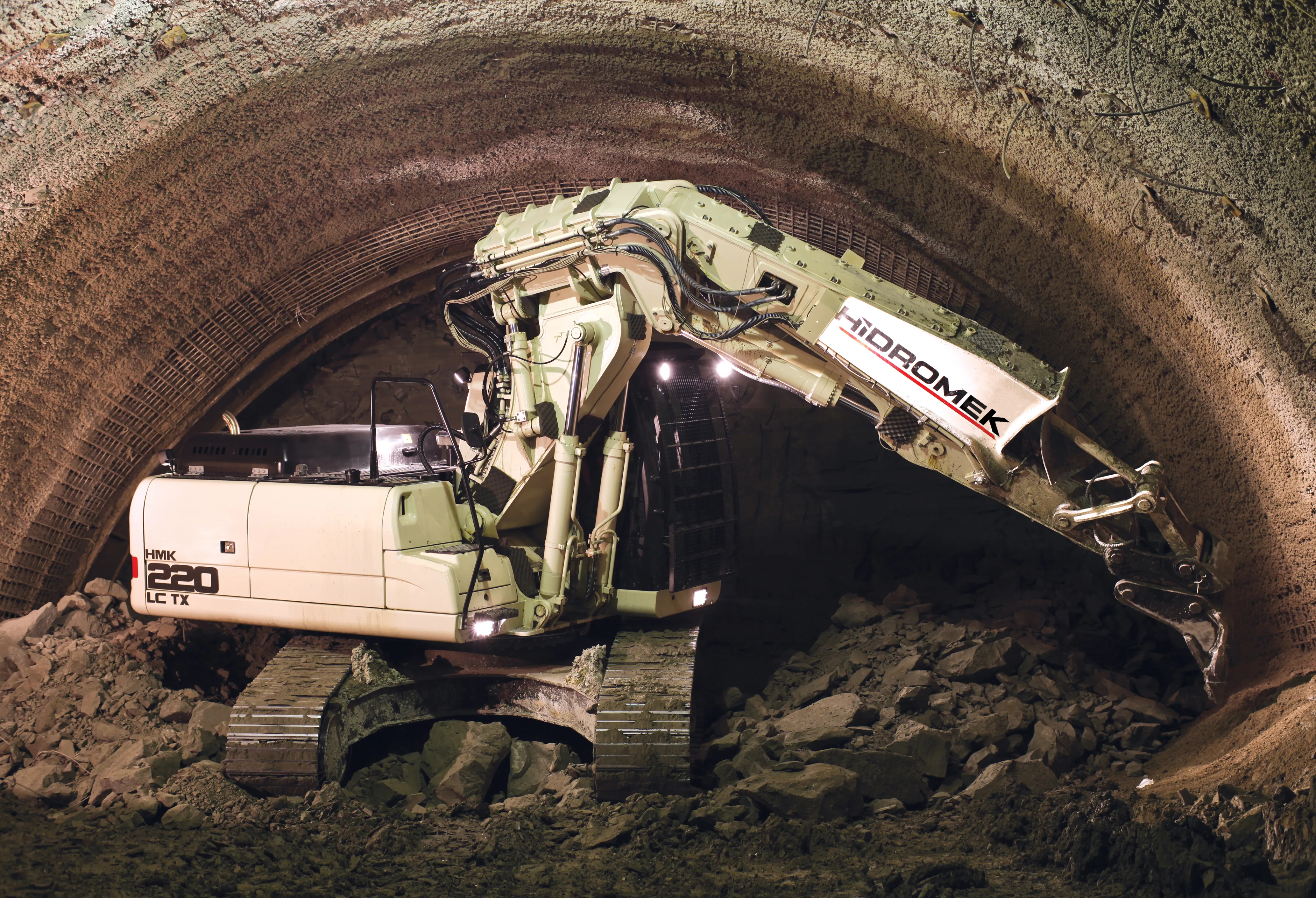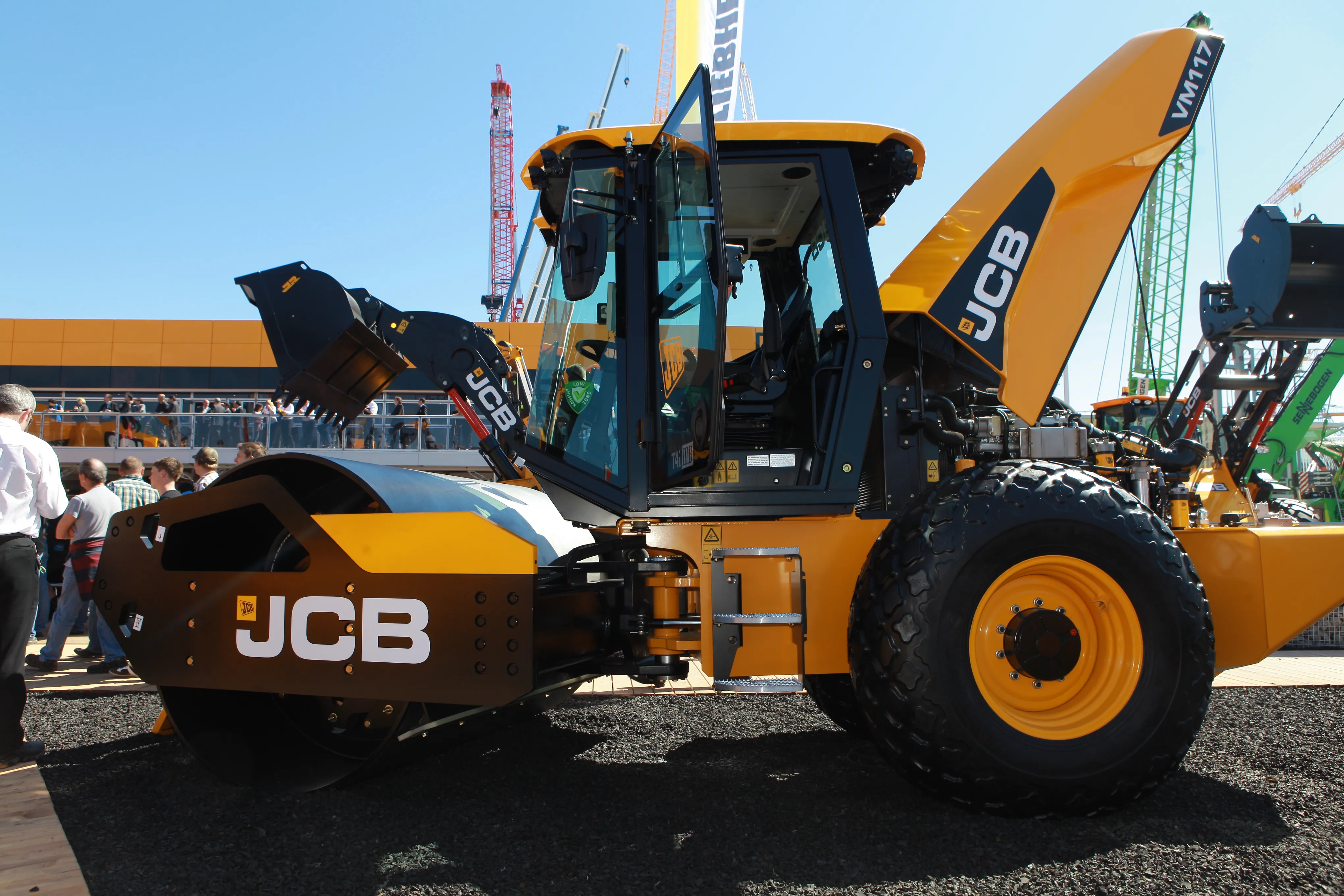
Public consultation is nearly closed for a possible %$Linker:
A €230-290 million Tees Viaduct Capacity Enhancement project is the preferred option against a €350 million Tees Viaduct option, according to the recently created Tees Valley Combined Authority, the local government.
Capacity Enhancement project would see a two-lane bridge built parallel to the existing A19 viaduct to carry traffic travelling northbound and the existing structure widened to allow for an extra lane of southbound traffic.
The Tees Viaduct option would be to construct a four-lane bridge parallel to the existing A19 viaduct to handle both north and southbound traffic.
The chosen option will be announced in autumn with confirmation of central government funding soon after. Construction is set for 2023-27.
The Tees Valley Combined Authority was created in April 2016, combining Darlington, Hartlepool, Middlesbrough, Redcar & Cleveland and Stockton-on-Tees. In 2017, residents elected a mayor whose responsibilities include transport, business growth and investment.
The existing 2.9km-long viaduct, opened in 1975, is a girder bridge with reinforced concrete piers and pier bends supporting steel-plate girder beams and a composite deck with around 200 moving parts. Distance between the abutments is 1.95km and none of the piers are in the river. It has 68 spans on the main north south route, with the largest span, 117m, being over the river.
In 1989 work finished on enclosing the underside of the bridge with steel and glass-reinforced plastic panelling to protect the primary structure from weathering and to allow safer and more easy maintenance.







